How to Spot Fake Items
Nowadays, when purchasing goods, we may be duped into believing the indistinguishable imitations are the real deal. It’s probably no one’s wish to be tricked into buying something so pricey but of poor quality. Whether you’re shopping online via apps or in-store, you, as a consumer, need to be aware of many factors and details before being tricked into knockoffs, such as price, product quality, packaging, logo, and payment details.
5-Minute Crafts gathered some critical indicators that may help you spot counterfeit products easily.
What authentic, replica, and fake mean
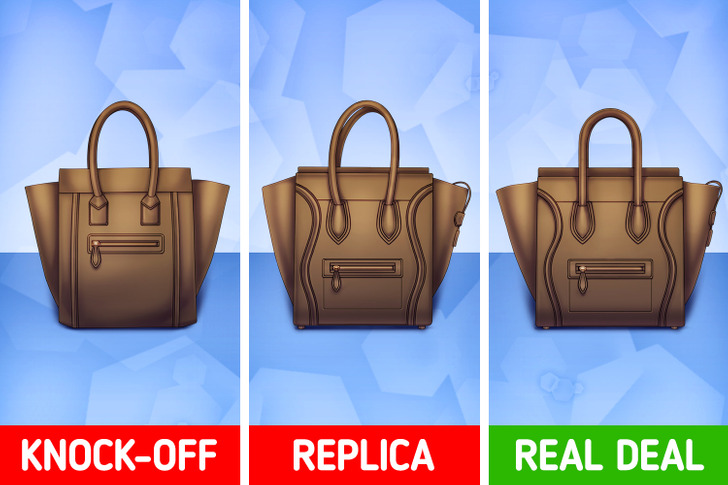
Authentic means it’s genuine, not a copy but an original; a replica means the exact or close copy of the actual item in appearance and shape. Imitation is a synonym for replication. Counterfeit is another word that confuses a lot of people. Although people use counterfeit and replica interchangeably, their differences are quite clear. Counterfeit means fake. In other words, it is to mislead people into believing the product is genuine.
1. Price
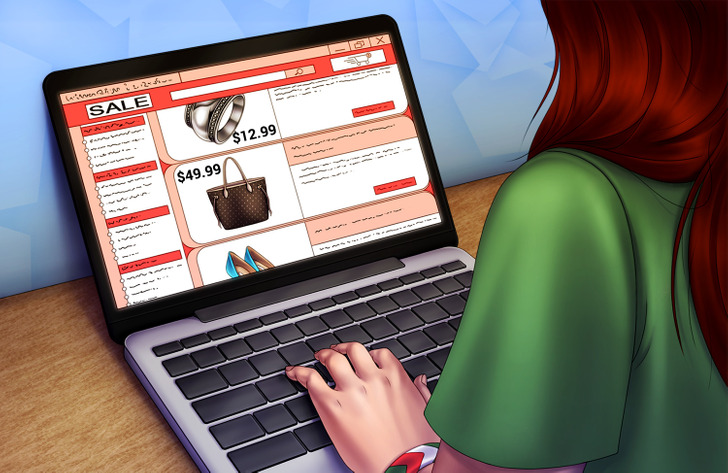
Price is the first clue you need to look out for, although it doesn’t mean that all low-priced goods are always fake. Counterfeits are generally marked down to way lower clearance prices than genuine brands. You must be aware of the unusually low tempting prices and unreal discounts. Sometimes, the fakes are sold at a similar price as the originals.
Tip: To avoid poor quality imitations, do your research and compare the brand’s advertised price to the retail price. Beware of how much of a discount is typically available on branded or luxury items.
2. Quality
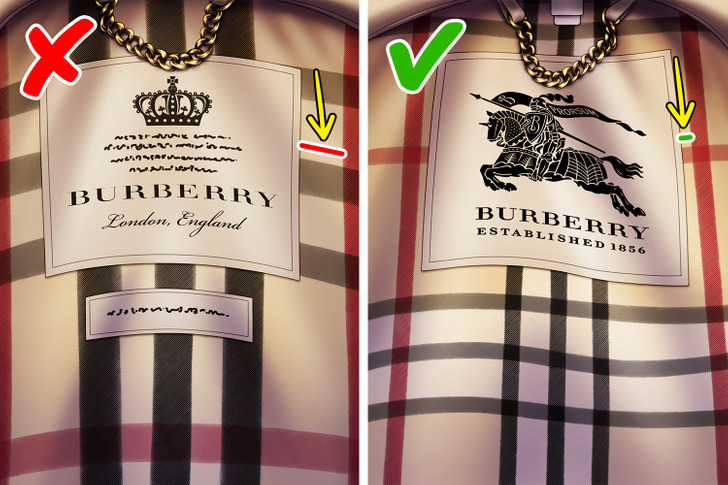
The purchased item may be fake if it’s of poor quality and far from the authentic feel. Also, customers are almost always provided with inspection and authentication procedures and technicians to inspect the quality of their goods. Therefore, when purchasing an item, ask the supplier about their quality assurance processes.
Always check for authenticity documentation. A genuine item often comes with a certificate of authenticity to prove its origins. Fake goods may be missing this paperwork regardless of the seller’s claims stating that it’ll be mailed to you or was lost.
3. Packaging
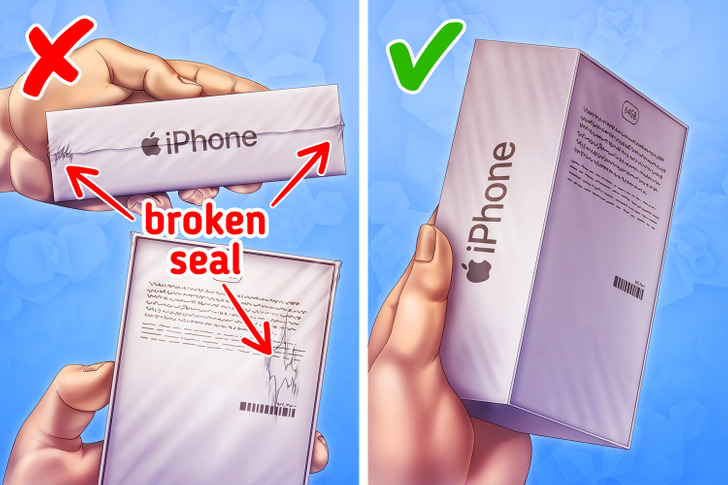
To distinguish an original from an infringed one, you need to examine the packaging. Authentic brands invest in high-quality packaging. If your item has poor, shabby packaging, what appears to be cheap flimsy plastic or other materials, then that’s a red flag. Genuine brands insert their holograms, control numbers, safety seals, the address of the manufacturer, importer, and more on their packaging. If these are missing from your packaging, then your item is fake. Goods without any packaging at all aren’t good either.
4. Logo and trademark
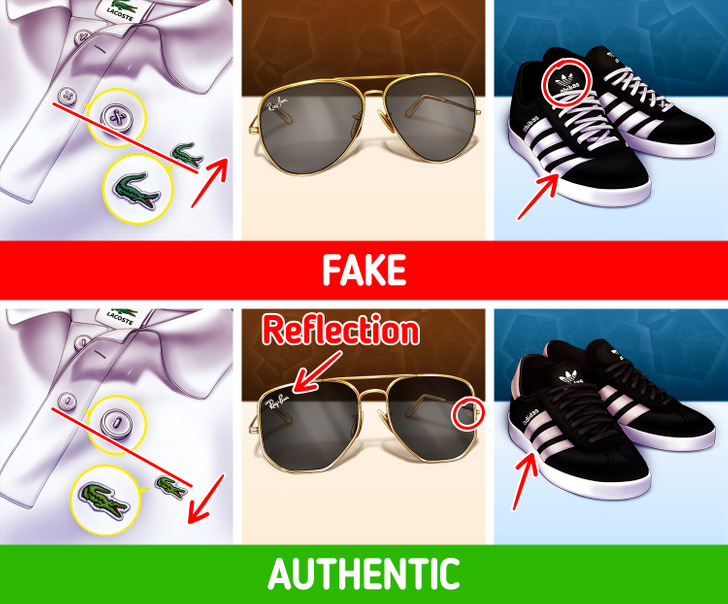
Check the logos and trademarks. Fake products generally have typos, spelling mistakes, flawed fonts, or printing differences. You can take a picture of the product you want to purchase and compare it to the original online or in another store.
When shopping online, read carefully to search for grammar or spelling errors in the URL, indicating a scam website. For example, you may see Hewlett Packard misspelled as Hewlet, or Louis Vuitton written as Vitton.
5. Payment methods
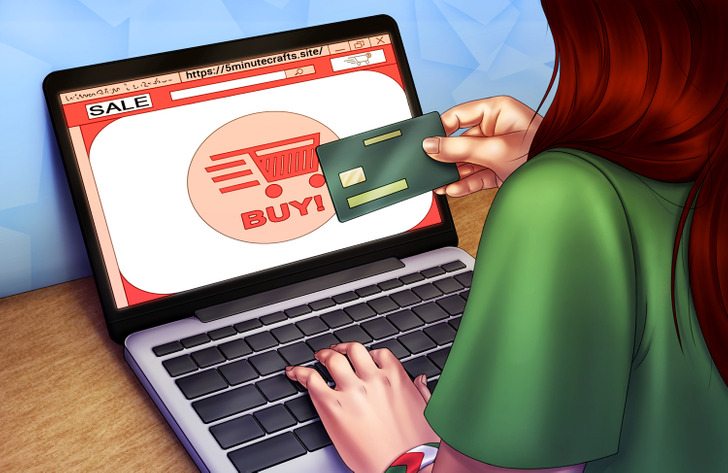
After your in-person purchases, watch out for signs if your customer data and credit card information are handled safely. If you’re shopping online, ensure the website begins with HTTPS:// (instead of HTTP) and has a lock symbol. Legitimate online retailers tend to request payment via credit cards or PayPal. Be cautious if you’re asked to make a payment through a direct money transfer, such as a bank transfer.
Tip: You can verify the authenticity of the website on https://whois.domaintools.com/.
6. The seller’s location
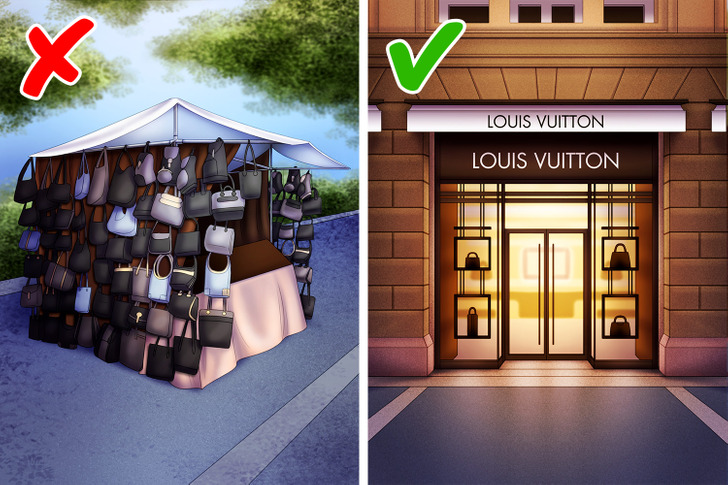
It’s important to know that it’s doubtful to find an authentic Louis Vuitton purse with a street vendor. Authentic designer brands prefer to limit their numbers in circulation. One consumer can’t purchase as many bags as they want in a specific time frame. You can only buy a limited number of Chanel or Hermès bags per year, no more.
Check the image of the product you want to buy on the manufacturer’s website. To do so, find a list of their approved retailers and their distributors, then ask your questions. If you can’t find your item of interest, it’s probably a counterfeit.
Bonus: why counterfeit products may be harmful
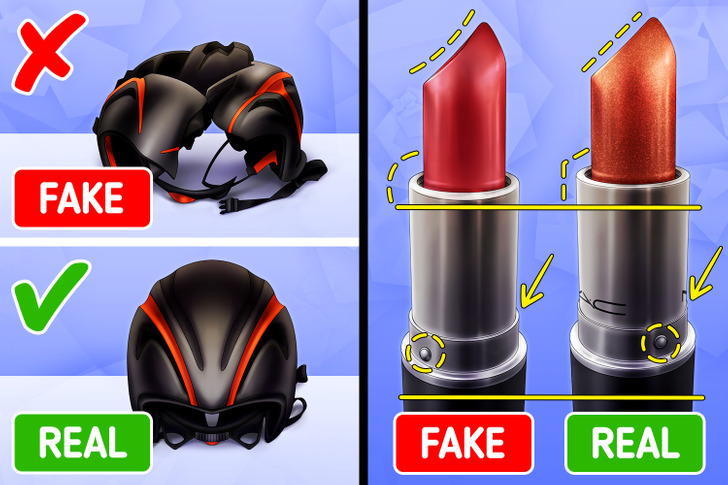
- Fake cosmetics may contain substances like copper and mercury, which can cause severe skin reactions, rashes, etc.
- Infringed toys are unlikely to go under quality or safety testing and could have sharp or loose parts, which may pose a choking hazard, and some paints or materials may contain toxins.
- Electrical goods and accessories, such as lithium-ion laptop batteries, pose a significant risk of extreme heat, self-igniting, etc.
- Knock-off clothes may not meet fire safety regulations, and counterfeit helmets and baby carriers can break.